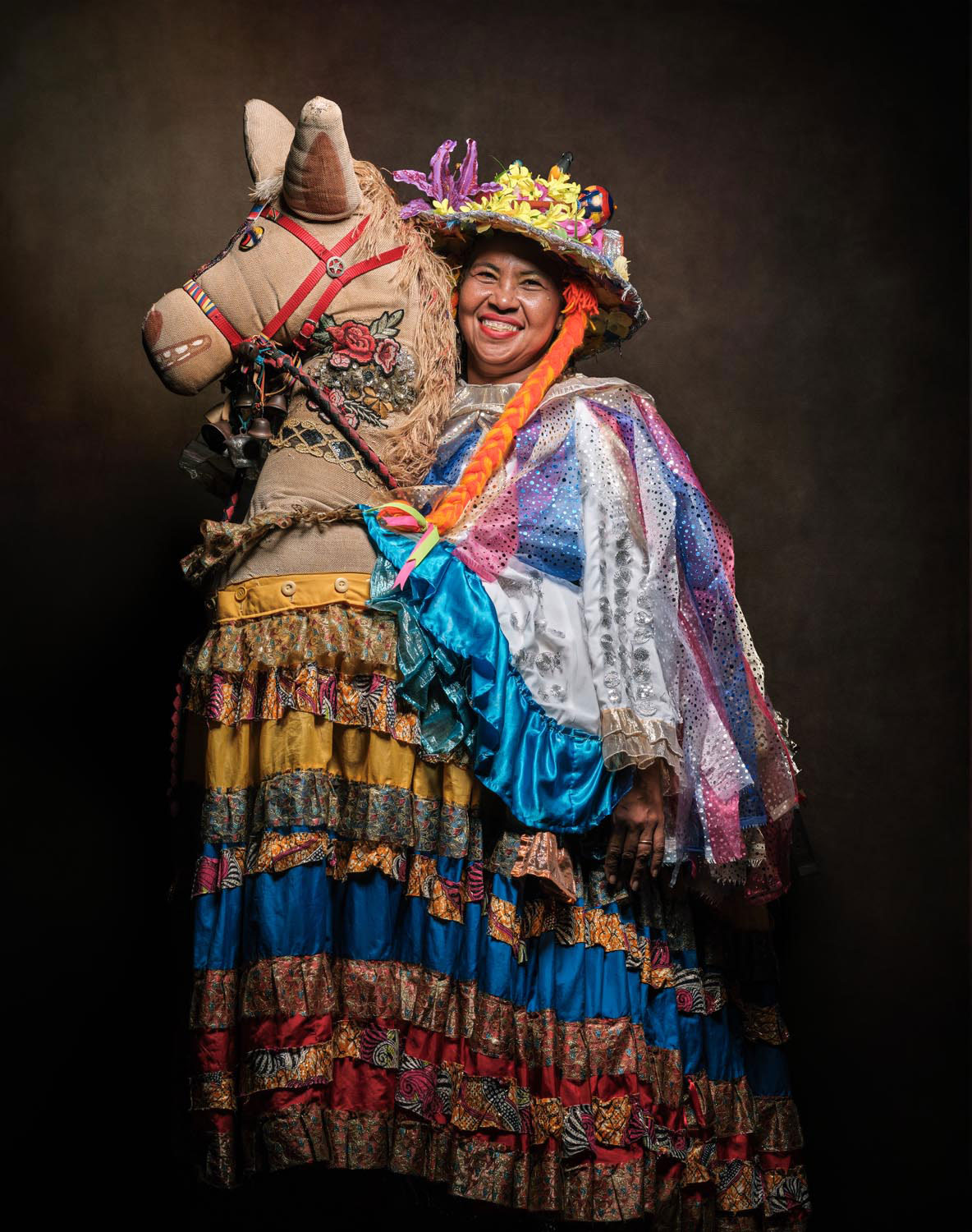Seven days of bliss
Every tourist guide will tell you there are 365 distinct beaches in Antigua, one for each day of the year. Few of us get to take a year-long vacation, so you probably won’t get to sample them all, but a week is just enough time for the greatest hits. There’s world-famous Half Moon Bay on the east coast, secluded Rendezvous Bay in the southwest, ever-popular Dickenson Bay with its restaurants and nightspots . . . And while you’re beach-hopping, make sure to leave some time for the historic sites around English Harbour, shopping in St John’s, and exploring the rolling countryside of the interior.
Or head for Dominica and a week of nature therapy: the lush mountainous interior is full of deep valleys, rushing rivers, waterfalls — like Victoria Falls, pictured here — plus hiking and biking trails. Dramatic volcanic beaches line the coast, with diving adventures and even whale-watching just offshore. Morne Trois Pitons National Park, a World Heritage Site, includes the famed Boiling Lake and Valley of Desolation — both created by subterranean volcanic forces — as well as dramatic Titou Gorge and the shimmering Emerald Pool.
A fortnight to remember
Some adventure stories need a little more time to unfold. To experience the
Caribbean at its wildest, consider the interior of Suriname, with its vast rainforests, remote savannahs stretching as far as the eye can see, and dramatic mountains. Such as sheer-sided Voltzberg in the Central Suriname Nature Reserve, with views from the summit of the forest canopy, home to troops of monkeys and hundreds of bird species. Or imagine an expedition on one of the country’s many rivers, past tiny islands and rapids, to a rainforest lodge with nature at your very doorstep.
Or perhaps you’ll find your great escape in Tobago — just twenty-five miles long by six wide, but diverse enough to offer everything from wilderness adventure to thrilling nights out. For sheer peace and quiet, head to one of the seaside villages of the Leeward Coast, dotted among dramatic scenery, with waves breaking before you and the green slopes of the Main Ridge behind. Near the island’s southwestern tip, you’ll find not only world-famous Pigeon Point — pictured here — and bustling Store Bay, but elegant restaurants and nightspots to party the night away. Or head offshore and experience Tobago’s celebrated dive sites, from reefs to wrecks, home to a wealth of undersea life.
The perfect weekend
Sometimes all it takes is two days — or three, if you squeeze in a Friday — to recharge your batteries. And some islands seem just the right size — not too big, not too small — for a weekend break. Like Curaçao, which manages to combine some of the Caribbean’s most gorgeous beaches with buzzing nightlife and picturesque historic buildings in central Willemstad. You can even combine some outdoor exploration with fun history lessons at Christoffelpark, a national park created from three former plantations, with Curaçao’s highest peak at its heart.
Or, if you’re in Trinidad, pack your overnight bag and enjoy the scenic drive down the east coast to Mayaro, where the bay stretches for miles and miles, shaded by coconut trees. A beach house verandah is the perfect place to kick back, enjoy the Atlantic breeze, nurse a beverage — and once night falls, count the stars in the Milky Way gleaming overhead.
























